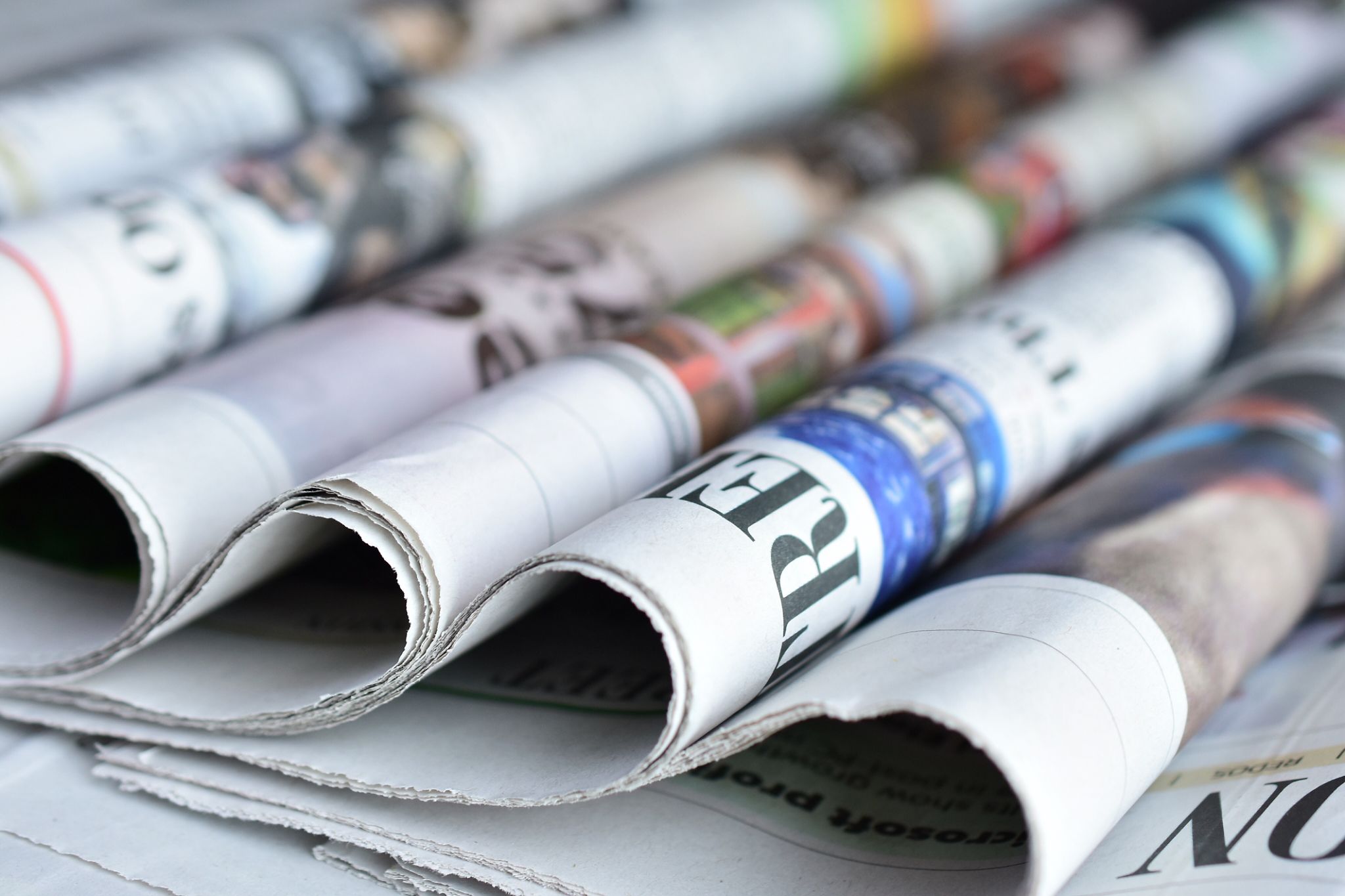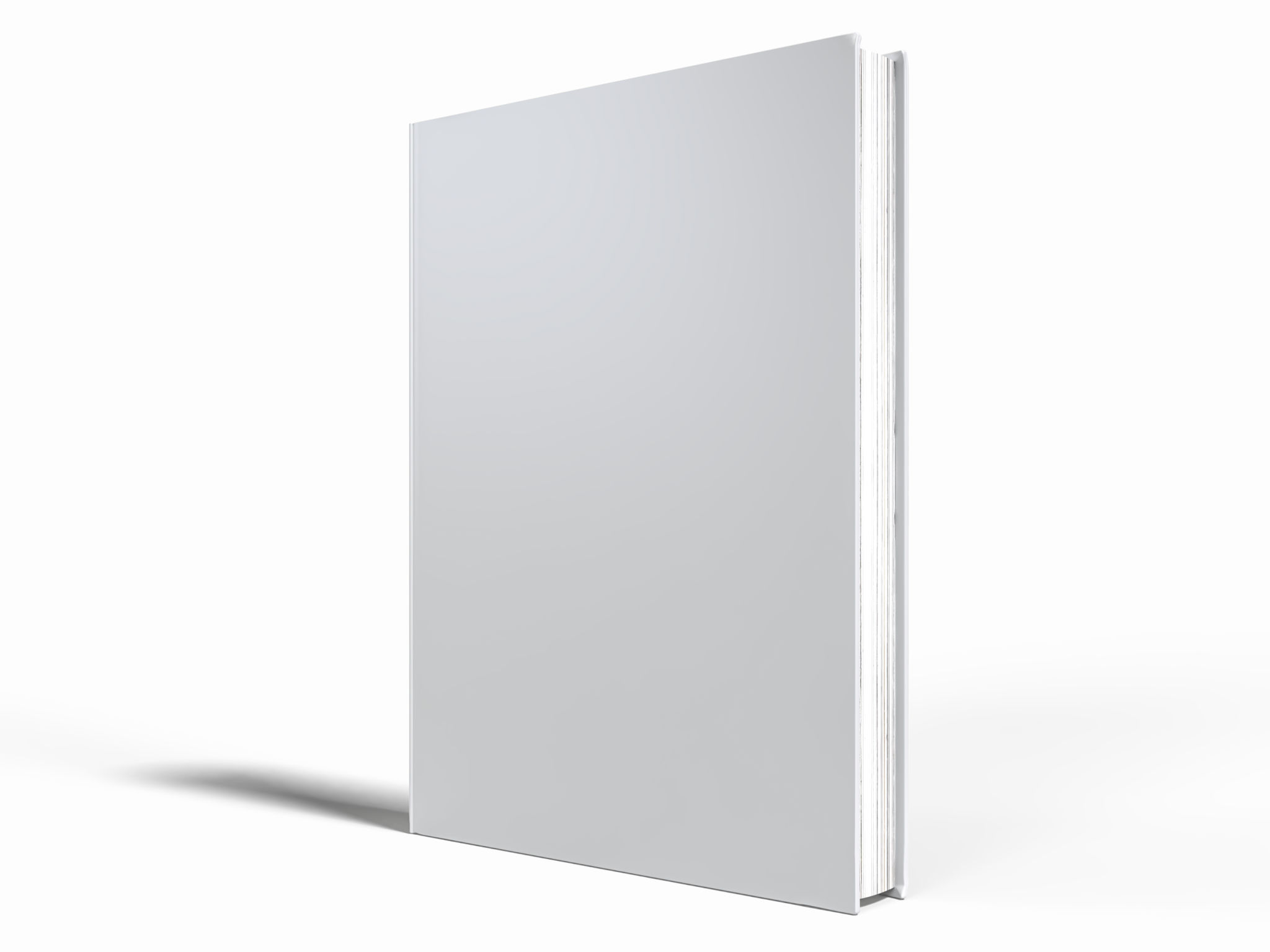Expert Tips for Reducing Book Printing Costs Without Sacrificing Quality
Understanding Your Paper Options
One of the first steps in reducing book printing costs is carefully selecting your paper options. Paper type and weight can significantly impact the overall cost. Opt for a standard paper weight that balances quality and price. Lighter paper is generally more affordable and can reduce shipping costs if your books will be mailed. Additionally, consider using recycled paper, which is often less expensive and environmentally friendly.

Choosing the Right Printing Method
The printing method you choose can also affect costs. Digital printing is ideal for small print runs, offering flexibility and reduced setup costs. However, if you're printing in bulk, offset printing may be more cost-effective despite its higher setup fee. Analyze your project needs and consult with your printer to determine the most economical approach without compromising quality.
Furthermore, consider print-on-demand (POD) services. These services can eliminate the need for large upfront investments in inventory, allowing you to print books as they are ordered, thus avoiding excess stock and storage costs.
Optimizing Book Design
Another way to cut costs is by optimizing your book's design. Simplifying the cover and interior layout without sacrificing aesthetics can go a long way in reducing expenses. Limit the use of color pages to essential sections and maintain a consistent style throughout the book to minimize design complexity.

Efficient Formatting
Efficient formatting can also help reduce page count, which directly affects printing costs. Utilize margins and line spacing effectively to fit more content per page while ensuring readability. Collaborate with a designer or typesetter who understands how to balance cost-saving measures with reader experience.
Negotiating with Printers
Don't hesitate to negotiate with printers to secure better rates. Establishing a strong relationship with your printer can lead to discounts, especially if you plan on printing multiple projects or achieving a long-term partnership. Request quotes from several printers, compare the offers, and use this information as leverage in negotiations.

Bulk Printing Benefits
If you anticipate needing a large volume of books, consider bulk printing to take advantage of economies of scale. Printers often offer discounts based on quantity, which can significantly lower the per-unit cost. However, make sure that bulk printing aligns with your sales forecasts to avoid overproduction and unnecessary storage expenses.
Exploring Alternative Binding Options
Binding styles can also influence costs. While hardcover books may have a premium feel, they come with a higher price tag. Consider alternative binding methods such as perfect binding or saddle-stitching, which offer durability at a lower cost. These options can provide a polished look without stretching your budget.
By carefully considering these expert tips, you can successfully reduce book printing costs without sacrificing quality. Remember that each decision should align with your overall project goals and audience expectations to ensure the final product meets your standards.